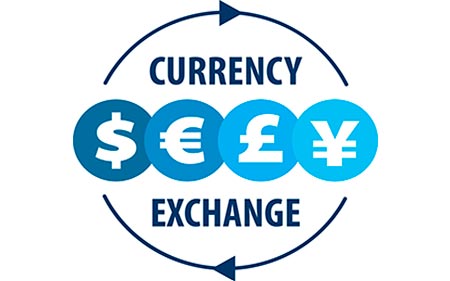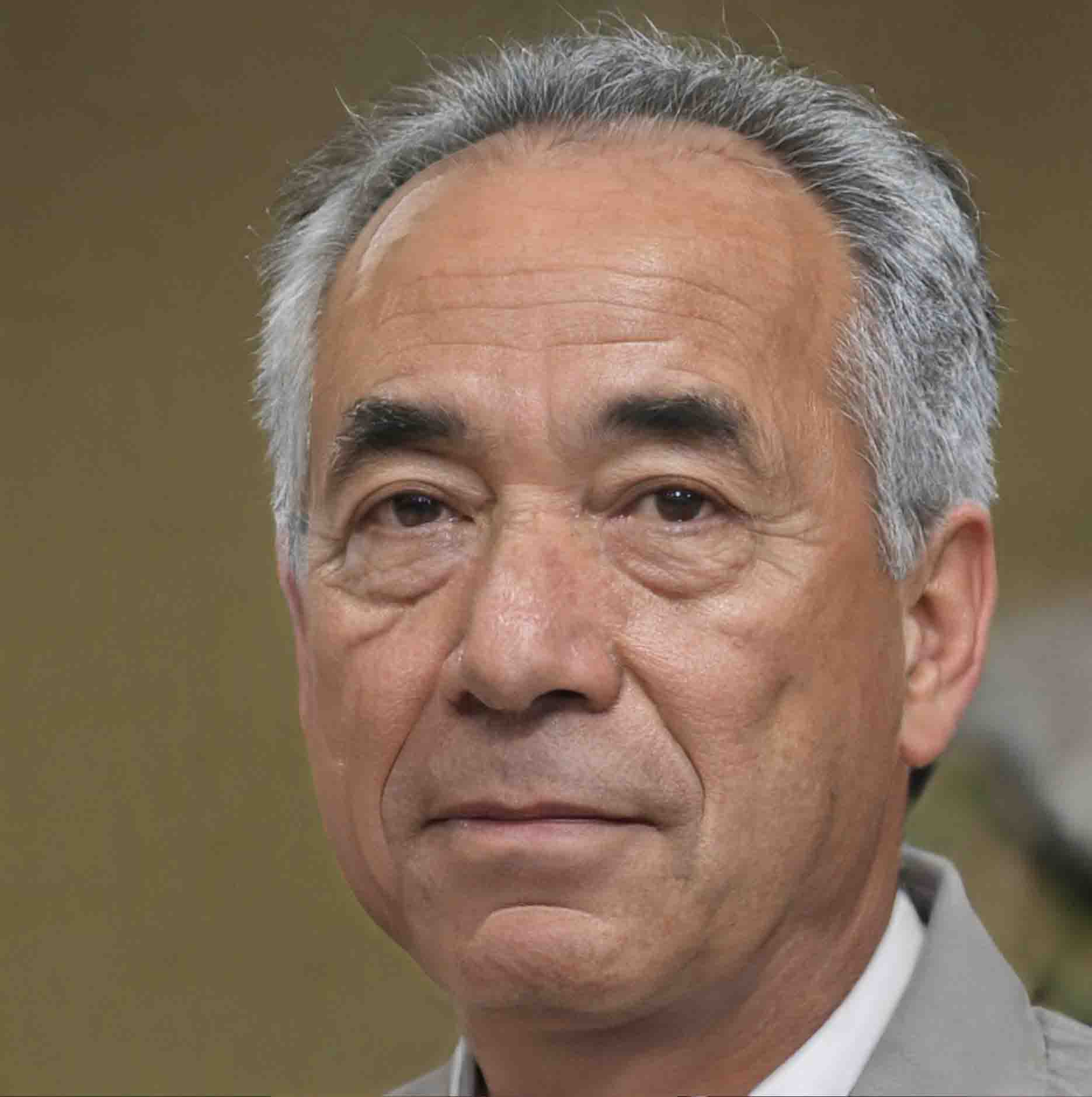Before investing in Forex, you need to understand the exchange rate.
 21 / April / 22
Visitors: 684
21 / April / 22
Visitors: 684
Forex quotes are currency rates that can be found on trading platforms. Unfortunately, there are forex traders who do not know how the exchange rate works. In this article, we will tell you how to read currency quotes and Forex jargon for beginners.
Currency pairs consist of two currencies.
Here is an example: EURUSD 1.1234/1.1235.
Do you want to understand how the euro-dollar exchange rate works?
What are the reasons why the dollar is the most traded currency in Forex?
The US dollar is the currency of international trade, it is the world's first reserve currency, most goods are quoted in US dollars.
Forex Explanation - Forex quote name.
The names of currencies are classified in accordance with the international standard-ISO standard. If you want to know all currency codes, check out our other article exchange rates: Forex symbols.
In a currency pair, there are always two currencies. Usually money symbols are 3 letters. For example: EURUSD - We have two currency pairs: the Euro, the Eurozone currency, and the US Dollar (USD).
Typically, codes consist of the first two letters, which indicate the name of the country, and the last letter, which indicates the name of the currency. So the US dollar is the US dollar, the pound sterling is the pound sterling (UK pound), and the Japanese yen is JPY-JP for the country code of Japan and Y for the first letter of the word yen.
The two abbreviations forex make up one currency pair. All currencies are quoted in pairs. The reason for this is simply that a unit of measurement is needed to express the value of anything. For example, in the euro-dollar pair, we will measure the value of the euro in dollars. This can be interpreted as the price of the euro in dollars. The second currency in a Forex quote is also called the base currency (in English: base currency).
Most of the currencies that can be traded on the foreign exchange market are quoted in US dollars, with a few exceptions. Exotic currencies are when they are constantly next to dollars. this goes without saying, since the US economy is by far the largest economy in the world, and world trade is mostly conducted in dollars.
Take, for example, the commodity market: all major commodities are quoted in dollars, and the emerging market countries that export these commodities are heavily pegged to the dollar. Of the major currency pairs, the only ones that are quoted against the US dollar are USDJPY and USDCHF.
The first pair is easy to understand as it is simply the US dollar against the Japanese yen. However, the second pair, which is US dollar to Swiss franc, is more difficult to interpret. This is because the CHF code refers to the ancient Roman name for Switzerland, which is the Swiss Confederation.
The exchange rate against the dollar was not always the norm. During the era of the British Empire, the pound sterling was the reference currency of world trade. At that time, many currencies were quoted in pounds, such as the New Zealand dollar, the Australian dollar, etc. The US dollar became the base currency after the Bretton Woods agreements.
The most traded exchange rates are: the US dollar, the euro, the British pound sterling, the Japanese yen and the Swiss franc. Here are the main currency pairs: EURUSD, GBPUSD, USDJPY and USDCHF. Currency pairs that include major currencies that are not pegged to the US dollar are called reciprocal pairs: EURGBP, GBPJPY, CHFGBP, etc.
Three other currencies are traded on Forex: the New Zealand dollar, the Canadian dollar and the Australian dollar. These currencies against the US dollar make up the minor currency pairs NZDUSD, USDCAD and AUDUSD.
Any other currency pairs in forex trading are usually referred to as exotic pairs. They account for less than 15% of all foreign exchange transactions.
Sometimes it can be difficult for novice traders to understand currency rates by listening to experienced traders because some of the most traded currencies have nicknames. Other than being used as trade jargon, these nicknames have nothing to do with trading.
Here are a few currency names: The GBPUSD pair is often referred to as a "cable", referring to the time when a wire link across the Atlantic Ocean connected London and New York. USDJPY is sometimes referred to as the "ninja", while EURGBP is known as the "Channel Tunnel".
You may also hear "dollar" used for the US dollar, "Suisse" for the Swiss franc, "Looney" for the Canadian dollar, "Australian dollar" for the Australian dollar, and "kiwi" for the New Zealand dollar. As a professional Forex trader, you probably won't pay much attention to these nicknames.
The exchange rate is the value of the quote.
Any novice trader believes that currency pairs are very volatile. This is because the price of a currency can vary significantly throughout the day, and 100 pips of change is a normal range.
Fortunately, prices are still moving. You cannot trade the exchange rate without volatility. Currencies, such as the managed yuan, are not very interesting for the quote, since the exchange rate remains practically unchanged. currency pairs such as the euro yen are much more volatile.
To follow our example, we will consider the exchange rate of 1.1234/1.1235 for the US dollar. These two numbers express the value of one euro in dollars when buying and selling.
The first price is called the offer price. In the foreign exchange market, we always buy at the highest price and sell at the lowest price. So the exchange rate reads: One euro is worth $1.1234 if you are selling, or $1.1235 if you are buying. There is always a gap between the purchase price and the sale price, this applies to all exchange rates and all financial markets.
Here are some exchange rates that you can analyze:
Congratulations! Now you know how to read the exchange rate (what is the symbol and what is the buy and sell price).
Understanding the exchange rate - Forex spread.
In both the stock and foreign exchange markets, the spread is the gap between the buying price and the selling price. That is the difference between the offer price and the ask price. The spread in trading is measured in pips or points. In the foreign exchange market, the dot is the fourth digit after the decimal point in the exchange rate. Let's consider our example of the euro dollar exchange rate at 1.1234/1.1235.
The difference between supply and demand is 0.0001. This is equivalent to spreads being one pip off one pip.
For a number of years, pips were the fourth decimal place. For some time, forex and CFD brokers have been offering their investor clients exchange rates with 5 decimal places. In this case, the spread will always start with the fourth decimal place and end with zero.
What currency do we buy at the exchange rate.
Many novice traders find it a little difficult to understand what they are buying and selling when they trade currencies. However, the answer is very simple:
We always buy and sell against the first currency in the quote.
For your safety, we have compiled a complete list of unscrupulous brokers.

